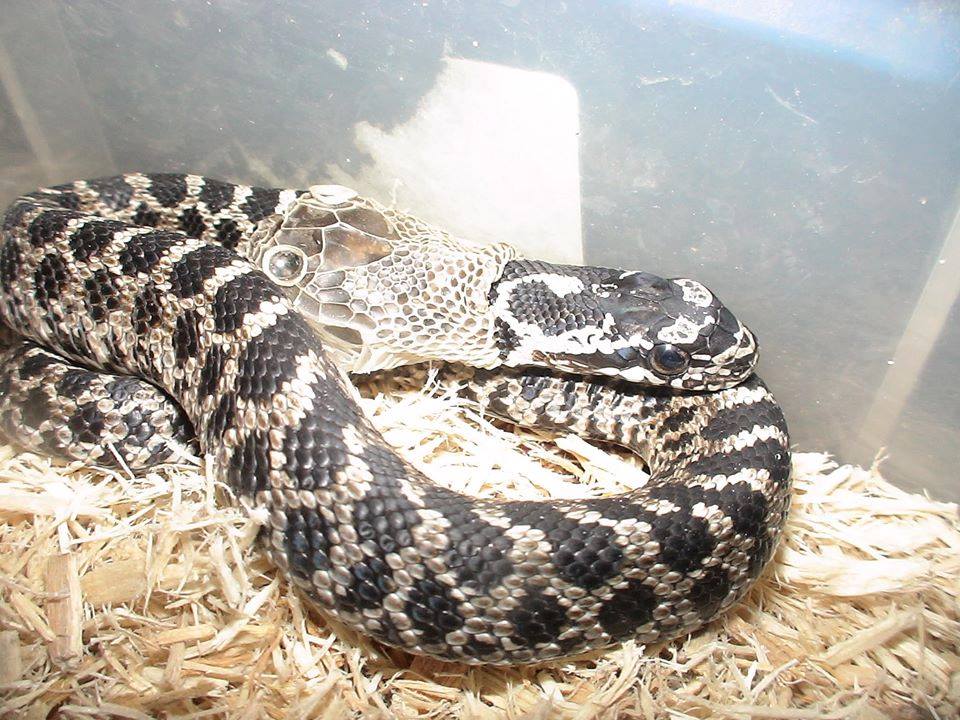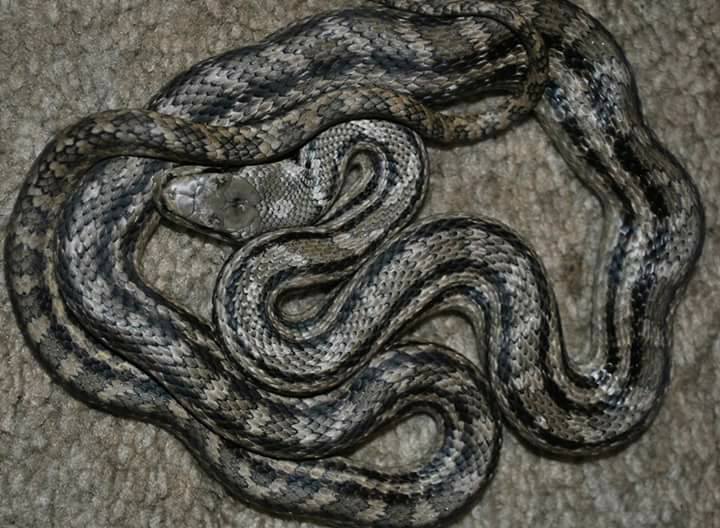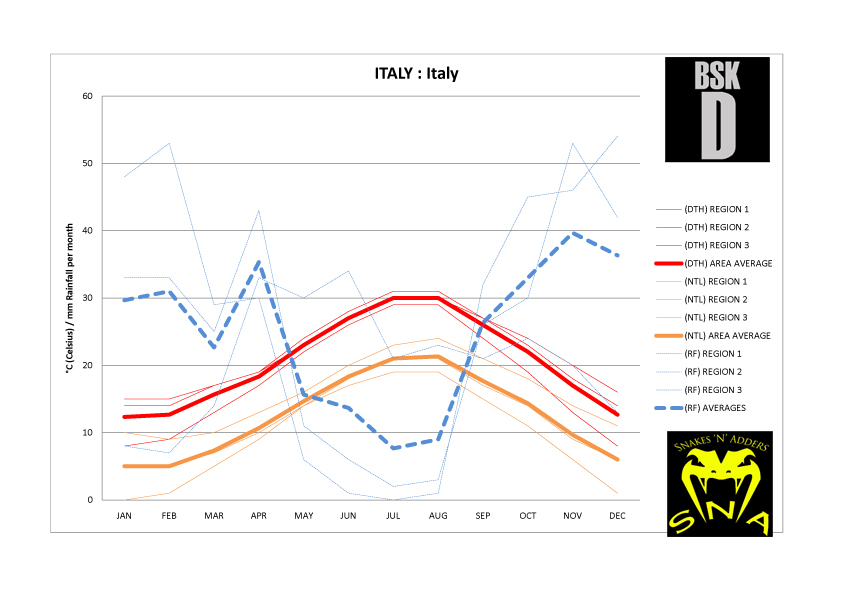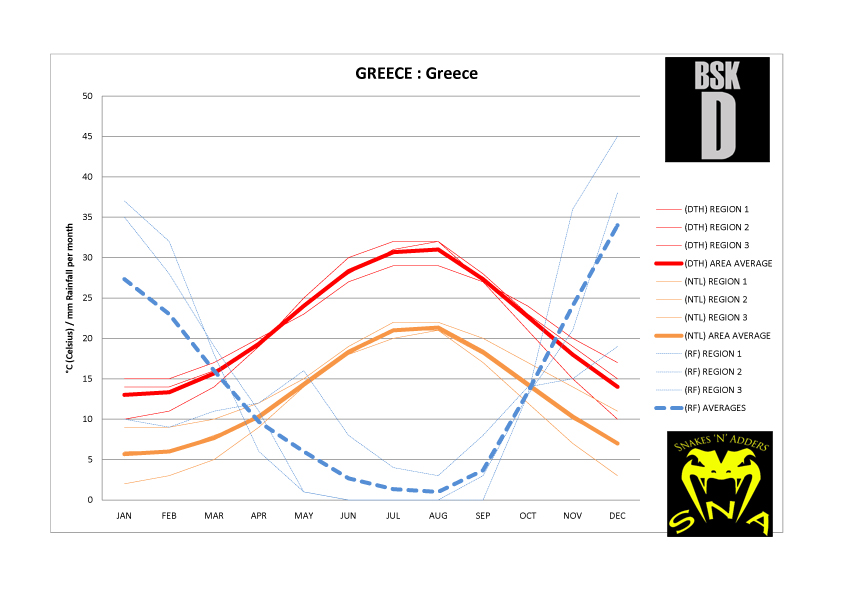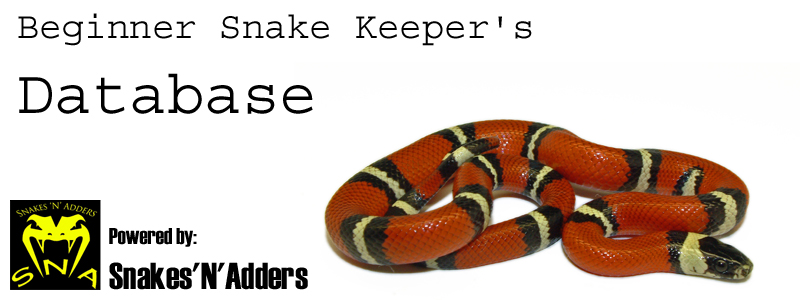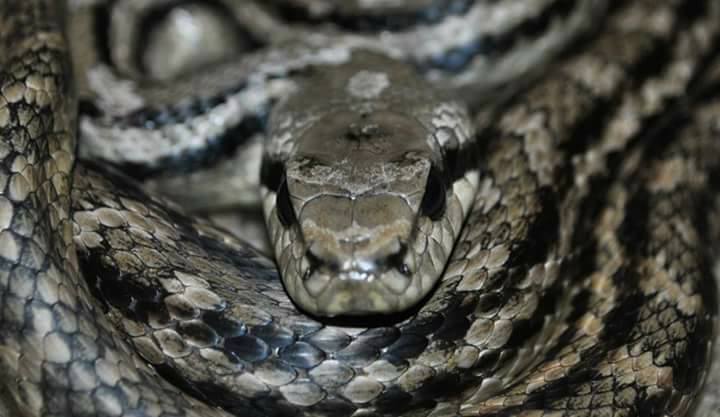
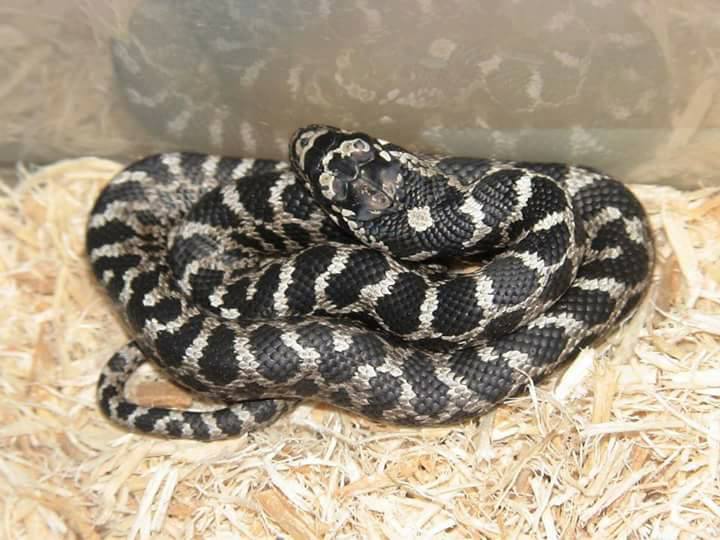
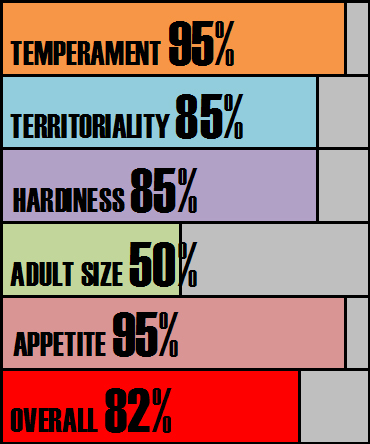

Species Notes based on experiences:
Where as we have been incredibly lucky to maintain Japanese Four Lined Rat Snakes (Elaphe quadrivirgata) we have never had the pleasure of keeping the European Four Lined Rat Snake. We had to consult our friend Francis Cosquieri for his thoughts on this taxon. This species presents as a shyer less active parallel to the Russian Rat Snake (Elaphe schrenckii). The species hails from a range of climates from within the relative clemency of the Greek Islands Northwards to the much more changeable Bosnia Herzegovina and Slovenia. This snake is not as hardy as say the Russian Rat Snake which is essentially bomb proof and cannot tolerate their levels of harshness but they quite easily hold a torch to say the Northern Pine Snake (Pituophis melanoleucus melanoleucus) from the blustery East Coast of the United States in New Jersey.
As with their American cousins from the South East of the US the Florida and Everglades Rat Snakes (Pantherophis obsoletus quadrivittatus and Pantherophis obsoletus rossalini respectively) they are born saddled and blotched. Over the next 18 months the centres of the blotches begin to fade and the left and right flank of the blotch darkens and begins to extend connecting to the blotch in front and behind. Mature animals have two dorsal (back) and two flank (sides) stripes. Only the faint traces of the baby saddles maybe seen into maturity.
This species is a gentle, large Rat Snake that has plenty of patience and keepers such as Francis are busy at work hoping to breed their captive to increase the pool of this much coveted and oft illusive species.
Score analysis:
Because of the parallels drawn by Francis to the Russian Rat Snake (high praise indeed bear in mind) it is safe to assume that pretty much total compliance can be had from this snake. Texts read about this species paint a picture of a laid back snake even in wild caught form. Rarely being problematic to handle. Captive bred stock will therefore have patience in abundance.
Territoriality in all species of snakes generally scores lower than temperament. Snake don’t like being disturbed. It’s just one of those things. Babies no doubt will make this displeasure known more than established animals but i most cases this will be a none event and the animal can be easily removed from its enclosure for handling.
Maybe not the toughest of the Eurasian Rat Snakes but that is difficult competition. For the considerations of captivity this is a hardy snake. Not particularly needy in captivity although the species does appear shy so care should be taken to allow plenty of hiding opportunities. As long as psychological security is taken into consideration, this will prove to be a tough snake. Consider a subterranean layer to this species enclosure. See the vivarium designs earlier in the website.
This is the largest European snake. Certain localities and specimens have been quoted up to 8ft (2.4m) in length. The vast majority of animals will be between 6-6.5ft full grown. This species carries considerable mass as an adult and has a proportionally massive head. There is the potential therefore to intimidate novice keepers. As long as you can get past the size, a wonderful tame and very very rare pet could be had.
Rat Snakes of any kind rarely make poor feeders. This species is no different, they will feed well and grow at pace. They are sizeable snakes even as youngsters and may even take fuzzy mice as a first meal. The only time issues may arise is with mature animals, particularly males wanting to brumate in winter. Brumation is recommended but would not need to be as deep or as protracted as the North Asian Rat Snakes.
Enclosure recommendations:
Tub:
not appropriate long term and may only be a stop gap solution to grow the baby snake on in.
Vivarium:
120cm x 60cm x 60cm
Budget rig: -
40cm x 30cm heat pad
On / off thermostat
Digital thermometer to monitor thermostat performance
Warm hide
Cool hide
Water bowl
substrate
Recommended rig (vivarium only): -
250w ceramic heat emitter
Ceramic lamp holder and bracket
Bulb guard
Day night thermostat
Digital thermometer to monitor thermostat performance
Various logs and caves along the thermal gradient
Damp hide
Climbing and exercise branches
Plants and foliage (live or artificial – your choice)
Water bowl
Substrate
UVB light (8w T5 shade dweller 7% kit from Arcadia or equivalent) (optional)
Subterranean section to vivarium for further psychological security (optional)
Climate analysis:
Needs work only got Italy and Greece that may skew notes. Wait until data is ready for Slovenia, Albania and Bosnia Herzegovina
Conclusion:
A species we suspected of being extinct in UK collections. Only through a chance conversation did we learn that they were being worked with. This is still a seriously rare species in UK collections. We have everything crossed that Francis and others manage to get them to reproduce. You may well have to wait a while for them to become available but the wait would most definitely be worth it.
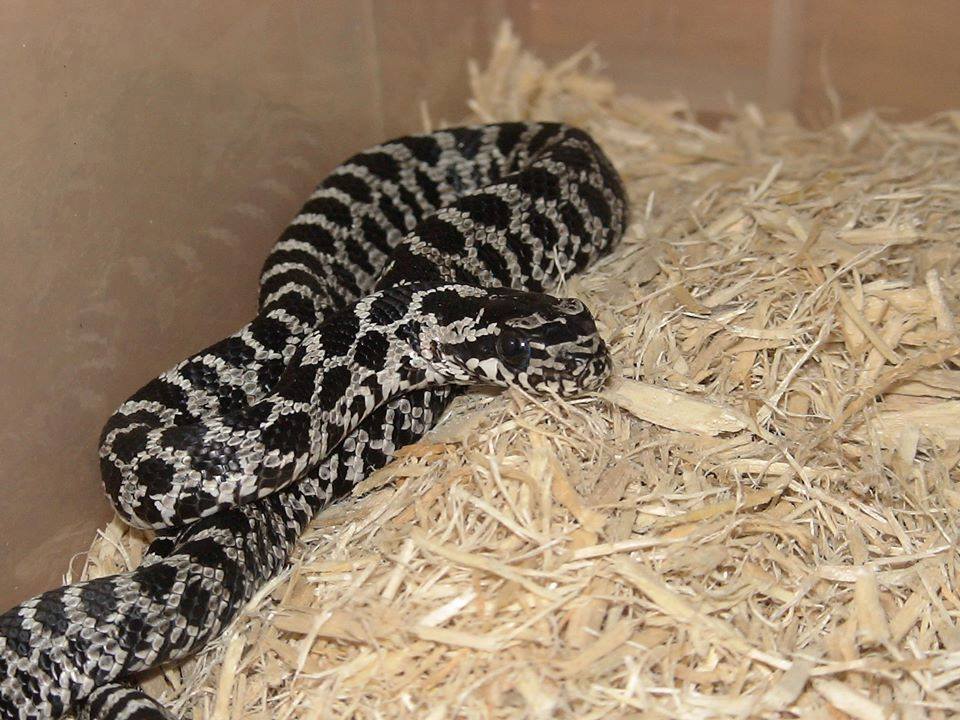
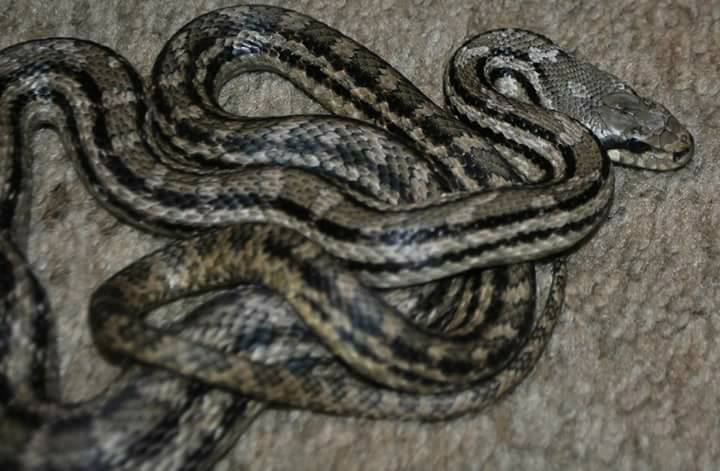
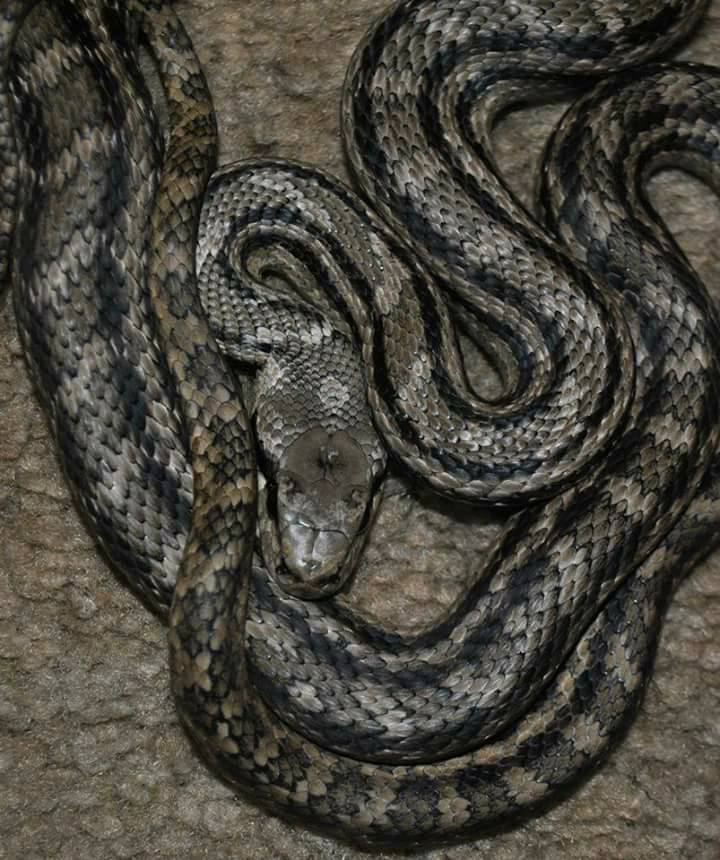
All photographic content provided on this page courtesy of Francis Cosquieri. He retains the copyright for these photographs. Please do not reproduce without consent.
